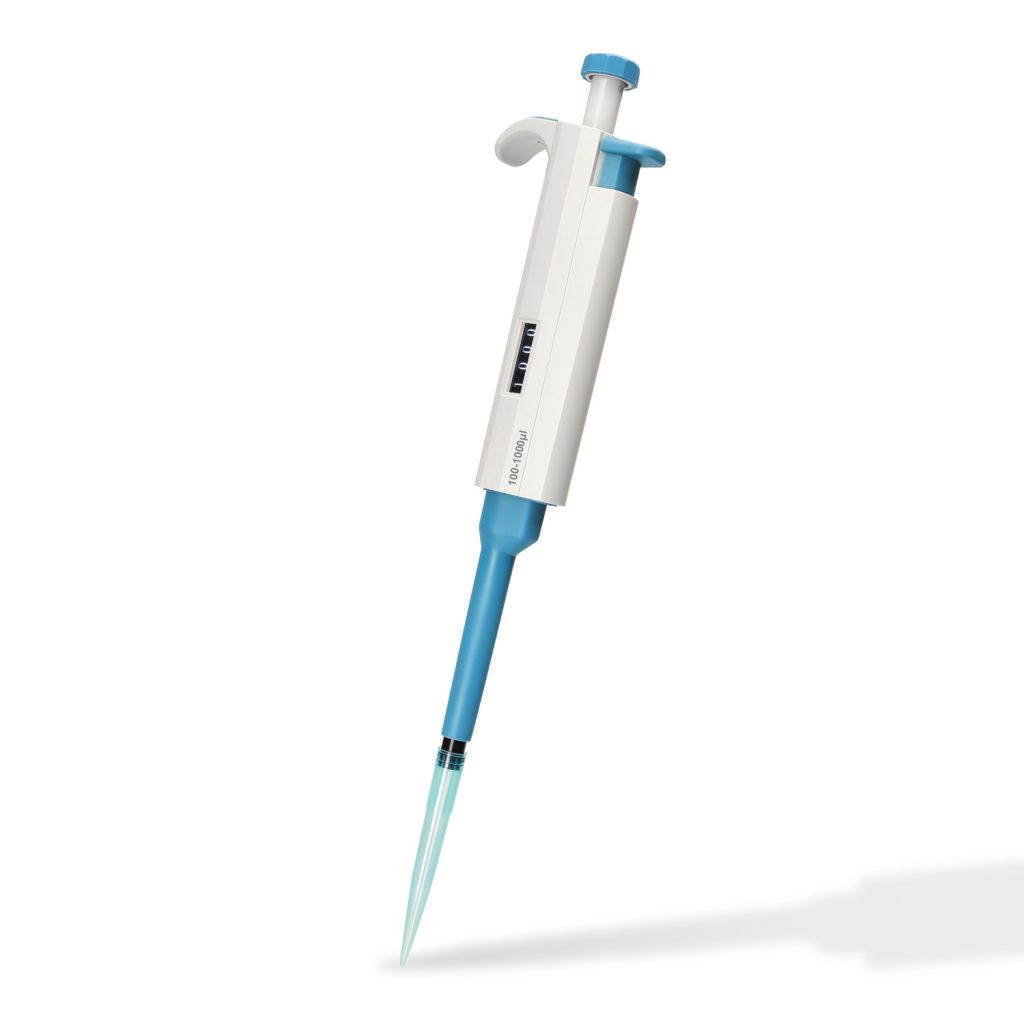What is the difference between PET and glass bottles?

Here are some of the main differences between PET (polyethylene terephthalate) and glass bottles: – Material – PET is a plastic made from petroleum, while glass bottles are made from sand, soda ash, and limestone. – Weight – PET bottles are much lighter than glass bottles. This makes them easier to transport. – Breakage – […]
What is the difference between single-channel and multi-channel pipettes?

The main differences between single-channel and multi-channel pipettes are: – Number of channels – Single-channel pipettes have one nozzle to pipette samples one at a time. Multi-channel pipettes have 8 or 12 nozzles to pipette multiple samples simultaneously. – Volume flexibility – Single-channel pipettes allow aspirating different volumes for each sample. Multi-channel pipettes can only […]
What are the types of single-channel pipettes?

There are several types of single-channel pipettes used in the lab: – Manual pipettes – Require the user to manually aspirate and dispense the liquid using an analog or digital voltmeter and a lever or plunger. Good for general use. – Electronic pipettes – Use an electric motor to control aspiration, dispensing, and tip ejection. […]
How do you use a single-channel pipette?

Here are the basic steps to use a single-channel pipette correctly. 1.Select the appropriate pipette tip and firmly attach it to the nozzle. Make sure the tip seals tightly. 2. Set the pipette to the desired volume by turning the dial or using the volume adjustment buttons 3. Firmly depress the plunger to the first […]
What is a single-channel pipette?

A single-channel pipette is a common tool used in laboratories to transfer or measure precise fluid volumes. Some key features of single-channel pipettes: – They have one nozzle or tip fitting to aspirate and dispense liquid from a single sample. This allows you to work with one sample at a time. – They allow adjustment […]
What is a test tube rack used for?

A test tube rack is a piece of laboratory equipment used to hold multiple test tubes in an organized upright position. It allows for convenient handling and transportation of multiple test tubes simultaneously. Some key uses and benefits of test tube racks include: – Holding test tubes containing chemical reagents or biological samples during experiments. […]
What format are cell culture plates?

Cell culture plates come in a few standard formats: – 6 well plates – Contains 6 wells designed for growing adherent cells. Each well has ~9.5 cm^2 surface area. – 12 well plates – Contains 12 wells with ~3.5 cm^2 surface area per well. – 24 well plates – 24 wells with ~1.9 cm^2 surface […]
What is the difference between tissue culture and cell culture plate?

The main differences between tissue culture and cell culture plates are: – Purpose: Tissue culture plates are designed to maintain portions of tissue or small organs. Cell culture plates are designed to grow cells in a monolayer. – Composition: Tissue culture plates often have a more complex, 3D structure to support a tissue sample. Cell […]
How cells are attached to the cell culture flask?

Cells attach to the surface of cell culture flasks through adhesion molecules on the cell surface interacting with the treated plastic/material of the flask. There are a few main ways this occurs: – Coating with extracellular matrix proteins – Many flasks are treated with proteins like collagen, fibronectin, or laminin to promote adhesion. These proteins […]
What is the function of the cell culture flask?

A cell culture flask is a container used to grow cells in a laboratory setting. It has several key functions: – Provides a closed, sterile environment for cells to grow in. The flask protects the cells from contamination. – Has a large surface area for cells to attach to and grow on. The bottom of […]
